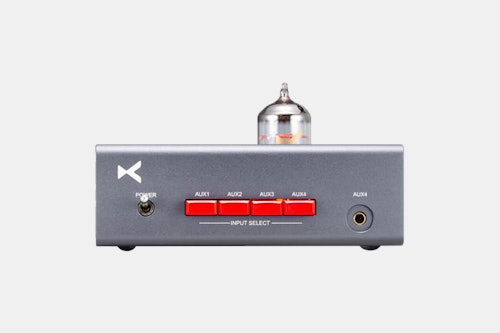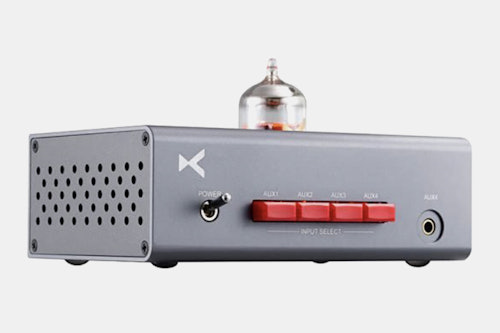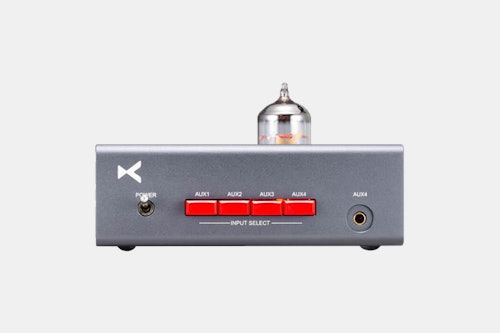Click to view our Accessibility Statement or contact us with accessibility-related questions

 VIEW 2 MORE
VIEW 2 MORE


xDuoo MT-603 Pre-Amplifier
xDuoo MT-603 Pre-Amplifier
bookmark_border
Where's the price?
To negotiate the best possible price for our customers, we agree to hide prices prior to logging in.
36 requests
Product Description
The xDuoo MT-603 is a handy little preamp that sits nicely into any setup. That’s because xDuoo has built this tube format into a switcher-style chassis Read More
Want to know something about this product or how to use it?
Ask the community!
Ask the community!
Sort by: Newest
keyboard_arrow_downdaMortarMerrier
62
Nov 5, 2022
Came here just to find out if i was taking crazy pills. Thanks for this.

SuperFlyEDSguy
62
Dec 3, 2022
Hi, folks, let’s get technical regarding how a “preamplifier” is defined from an audio engineering perspective. The first and foremost thing to keep in mind is that a preamplifier is just that — a PRE-amplifier — as it does NOT need to provide amplification as that’s the amplifiers job. So, with that in mind, what exactly qualifies the role of a preamplifier?
A preamplifier must fulfill at least one of the following three roles in order to be defined as such:
- Selecting a sound source or signal path — this device certainly qualifies!
- Controlling and/or adding to the dynamics of the audio, e.g. “warmth” — the “tube preamp” is the classic use case!
- Transforming a weak signal into a line level signal by providing just enough amplification to allow those devices further up the signal path to effectively utilize the signal — this device does not (by design) as your input devices should already be line level (we’re not talking about microphones here). Besides, notice that the rear of the device takes in 24VDC, this indicates that the preamp uses a “starved plate” design (to “color” the audio) since you’ll need about 10x that voltage as AC to effectively power the plate. I’m not going to get into the nuances of “starved plate” preamps, but I do have an engineering background and they most certainly DO work to “color” the audio! Remember, tubes were not originally designed to “color” audio, but rather for signal amplification and current rectification for a wide array of devices way before the transistor came along. The plate basically works to adjust the amplification by means of adjusting power to the grid, hence the triode, and the precursor to the modern day transistor. The bottom line is that you don’t need to control the voltage to the grid since you’re using the tube to “color” the audio, not amplify it. This is how we get that warm, crisp vibe we enjoy so much!

rastus
1395
Nov 16, 2022
Thousands of hours…
Longer than a growing portion of solid state audio goods…
(Edited)

SuperFlyEDSguy
62
Dec 3, 2022
I’m 99.99% certain that you can’t simply because of the tube. Just like diodes, transistors, and the like, with the tube being their precursor it only allows current to flow in one direction. By running it backwards you’ll be pushing against the flow of current, hence it won’t work. There’s plenty of devices on the market that do what you’re asking and have no powered components to get in the way of the signal. Using this as designed should sound pretty good, but this is not the device that you want. Look for something simple and preferably not even powered.

alkc
3
Nov 7, 2022
Would I connect a CD player to this and then connect this unit to the analog input on my receiver? Would this improve the sound? I wish drop would include more details.

kaud
186
Nov 16, 2022
Yes, that’s how you would connect it. As far as “improving” the sound, depends what you’d consider an improvement. Will probably give you a smoother, more organic sound (due to the tube) than your stock CD player.






